There’s something so alluring about tube amplifiers. My first purchase from Woo Audio was the gorgeous WA7 Fireflies. They were fantastically articulate, transparent, and quiet. Over the course of a few shows, I had a chance to listen to their WA5-LE which left an imprint on my mind. It was paired with upgraded tubes, the Abyss headphones, and JPS Superconductor cables and was memorable due to its overtly seductive sound signature. It really sang to my core. Tubes aren’t for everyone as they typically come at the cost of some resolution, depth, and defined sonic outlines but most find the euphoric golden bloom to be too much to pass up.
When Woo Audio announced their new WA33 amplifier, I was at their booth first thing in the morning at the last SoCal CanJam. The early bird catches the worm and I was able to spend plenty of uninterrupted time with this beauty. It sounded quite a bit different from the WA5-LE as it more tonally balanced and quieter. It worked. It made the Focal Utopia and Abyss Phi headphones sing and kept me firmly in the listening chair.
I knew I needed more alone time with this amp and asked Woo Audio for a review piece. Luckily my upgraded Abyss Phi came just in time for this review.
Setup
- Source: Chord DAVE with SOtM Trifecta
- Interconnects: Audience Au24 SX RCA
- Power cords: High Fidelity Cables CT-1 Ultimate
- Headphone cables: Double Helix Cables Complement4 and Danacable Lazuli Reference
- Headphones
- Abyss Phi
- HiFiMan HE-1000 V2
- Mr. Speakers Aeon Flow Open
- Sennheiser HD-6XX (Massdrop)
- Meze 99 Classics
- 1More Triple Driver Over-ear
Build & Features
Price: $7,999 (base). Comes in black or silver.
Tubes:
- 4 x 2A3 power tubes in matched quad
- 4 x 6C45 driver tubes in matched quad
- 1 x 5U4G rectifier tubes
Inputs/Outputs:
- 2 x XLR inputs
- 1 x RCA input
- 1 x XLR preamp out
The build quality of this amplifier was immediately apparent. Installation of the tubes was a breeze. Just make sure you align the notches with the 5U4G and follow the instructions provided with the amplifier. Btw, this amplifier is pretty heavy (50 lbs). Handle with care.
The WA33 is a fully balanced, direct-heated triode, Class A, output-transformer design. Jack Wu of Woo Audio was describing their Internal Coupling Architecture (ICA) technology, which was also used in their much acclaimed WES electrostatic amplifier. Instead of using an umbilical cord with an external power supply, The signal path is shortened by connecting the amplifier and power supply internally. This eliminates any potential RFI/EMI noise from additional components. As with all things audio, the lower the noise, the better. A quality power topology will elevate a component to new heights and a proper power supply design is crucial for optimal sound quality. Nice move.
The WA33 pushes about 10 watts and could also be used to drive speakers directly. Unfortunately, I didn’t have this custom option with the review units. Would’ve been interesting to drive them with the Omega CAMs.
There’s something satisfying about hitting the orange power button and turning the knobs on this amplifier. Fantastic build quality commensurate with the price.
Dampeners
I experimented with a few dampeners, specifically the UltraSonic Rx from Herbie’s Audio Lab. These dampeners tights up the image and provide more speed at the expense of warmth and body. Imaging is also slightly improved. Placing a varying amount of dampeners affected the output almost linearly. I personally preferred not having the dampeners at all but some will prefer the speed and clarity of having them on.
Impedance and Level
With the Aeon Flow Open, I get more shine and clarity by setting the Level and Impedance to H but a smoother sound when Impedance is set to L. With the Abyss Phi, I had Impedance and Level on H which provided a very vivid and punchy sound. Having them set on L was smoother but less engaging to my ears. Having Level set to high provides more detail, a larger soundstage, more dynamics, but is a bit leaner.
These helpful knobs allow you to tune a wide range of headphones of varying impedances and sensitivities. There’s no concrete way of setting these, try all permutations and stick to what sounds best with your system. After testing with over five headphones, I find different settings could work on the same headphone for different moods. A welcomed feature indeed.
Balanced or Unbalanced?
Luckily I had two Lazuli Reference headphone cables here, one 1/4″ and one 4-pin XLR for direct comparisons. I would use only the balanced connection if possible because it’s:
- immediately quieter and more holographic.
- has much better layering and separation. No smearing or bleeding whatsoever.
- more dynamically rhymic.
- super crisp, clean, and accurate.
- much more punchy without being in your face and aggressive.
- sounds closer to what I hear from my 2-channel setup.
Basically, recordings sound completely different (better) in balanced mode. There’s just more music, depth, body, air, and control. The single-ended connection doesn’t even come close.


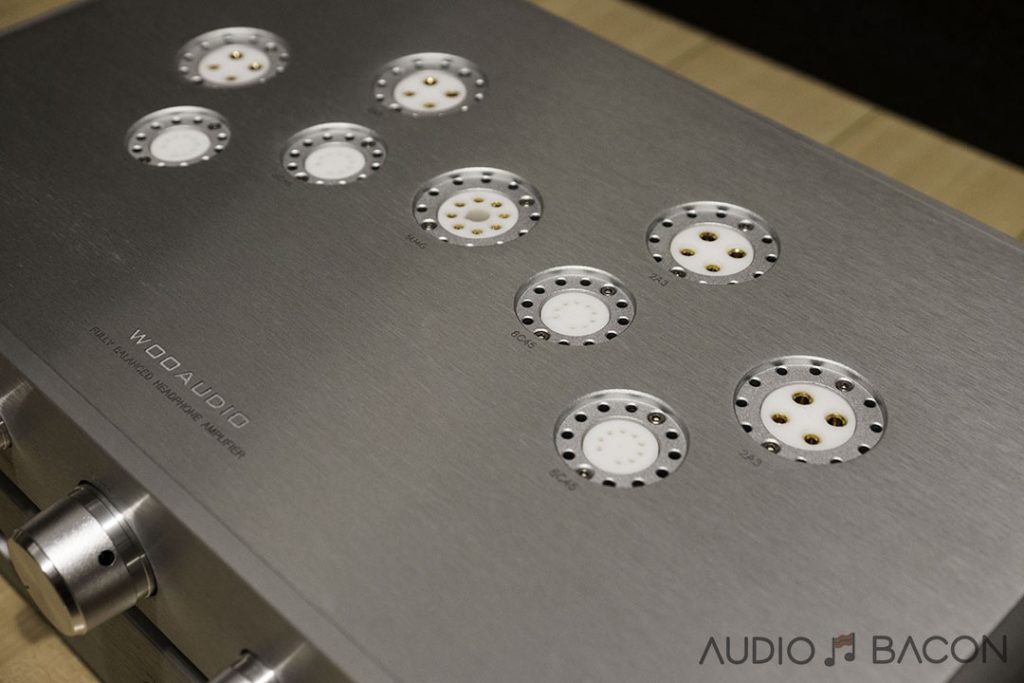

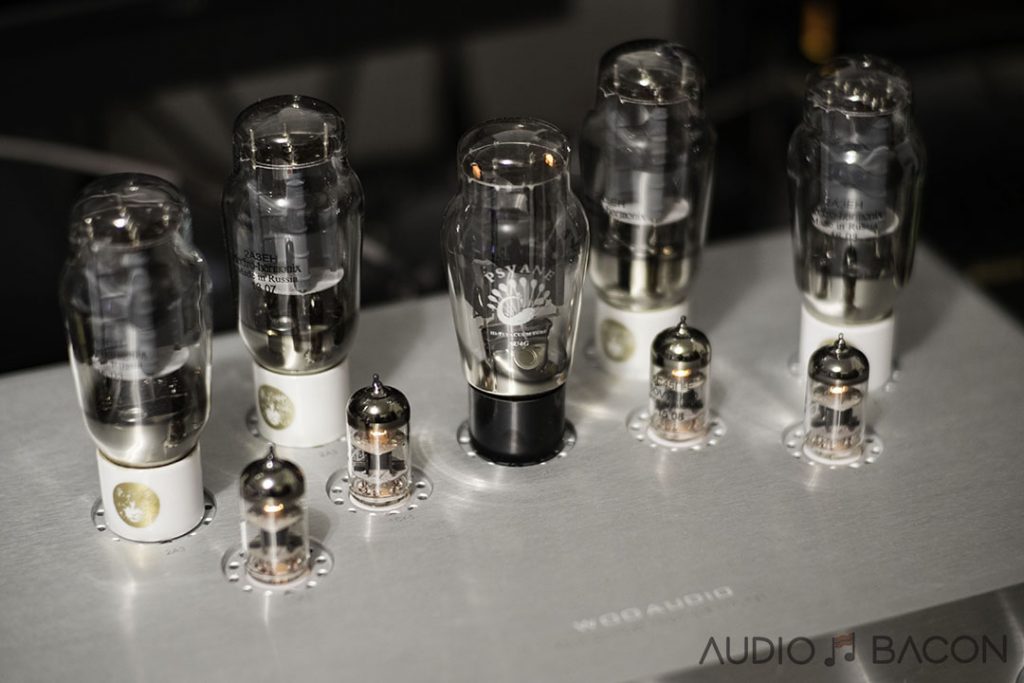
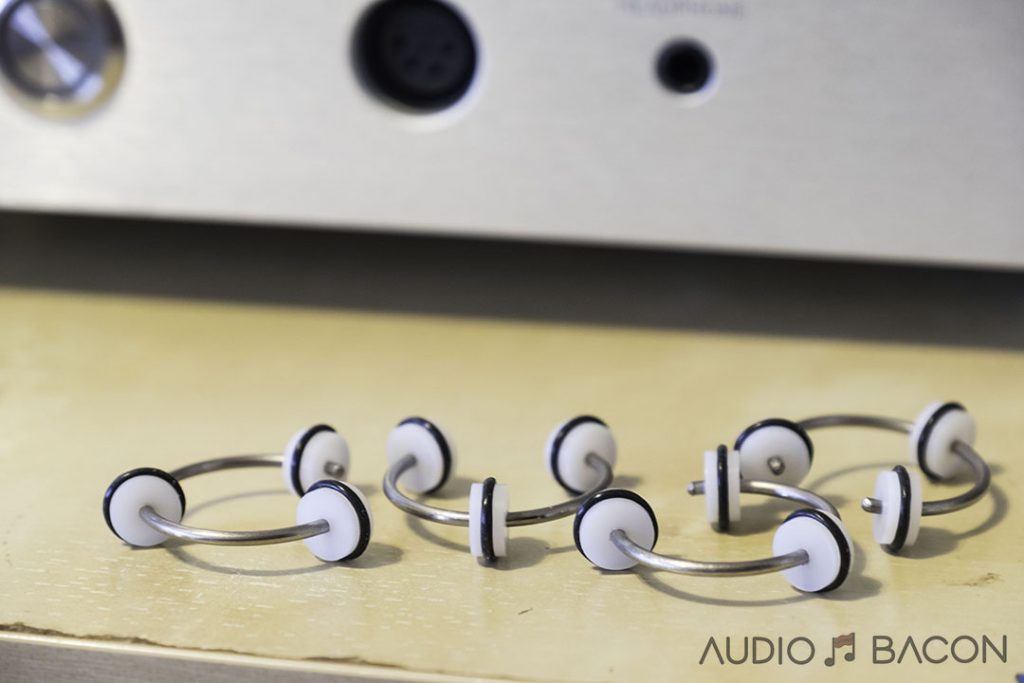
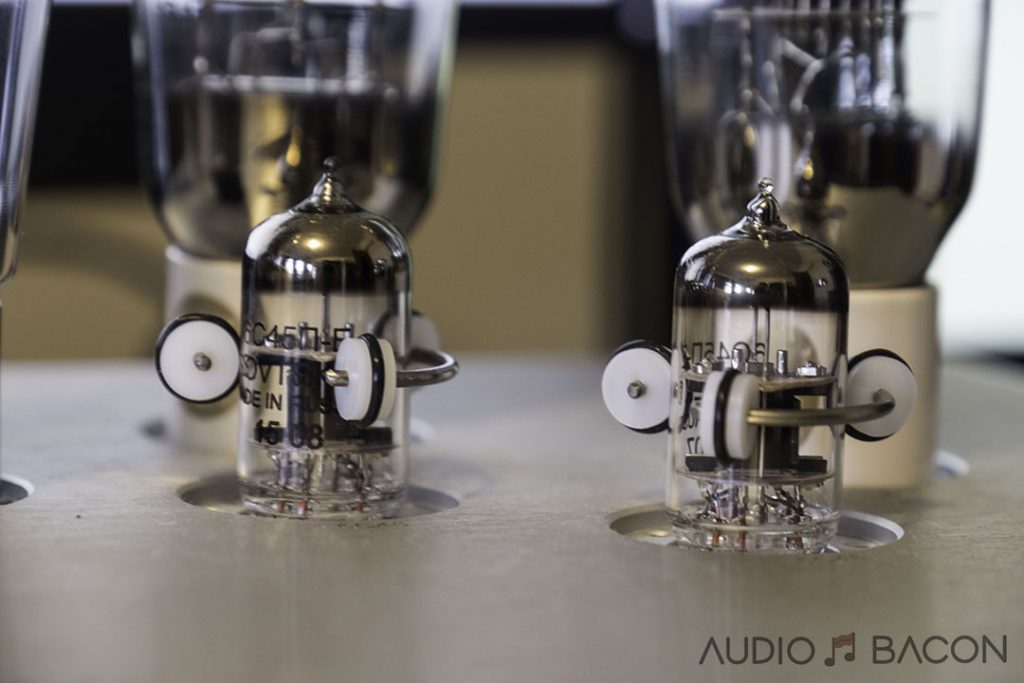
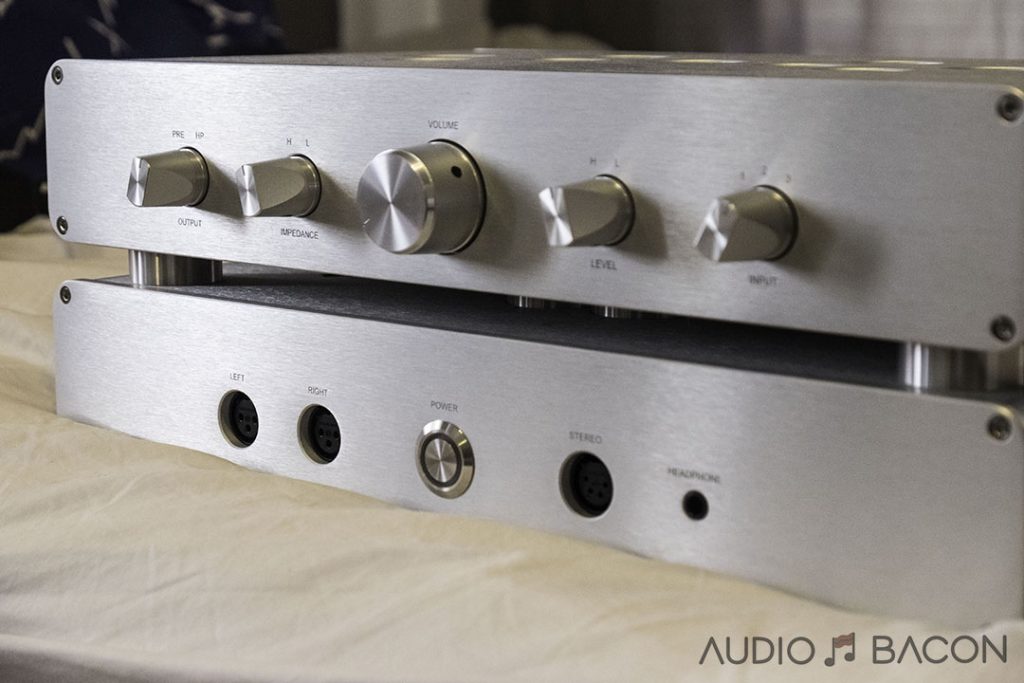
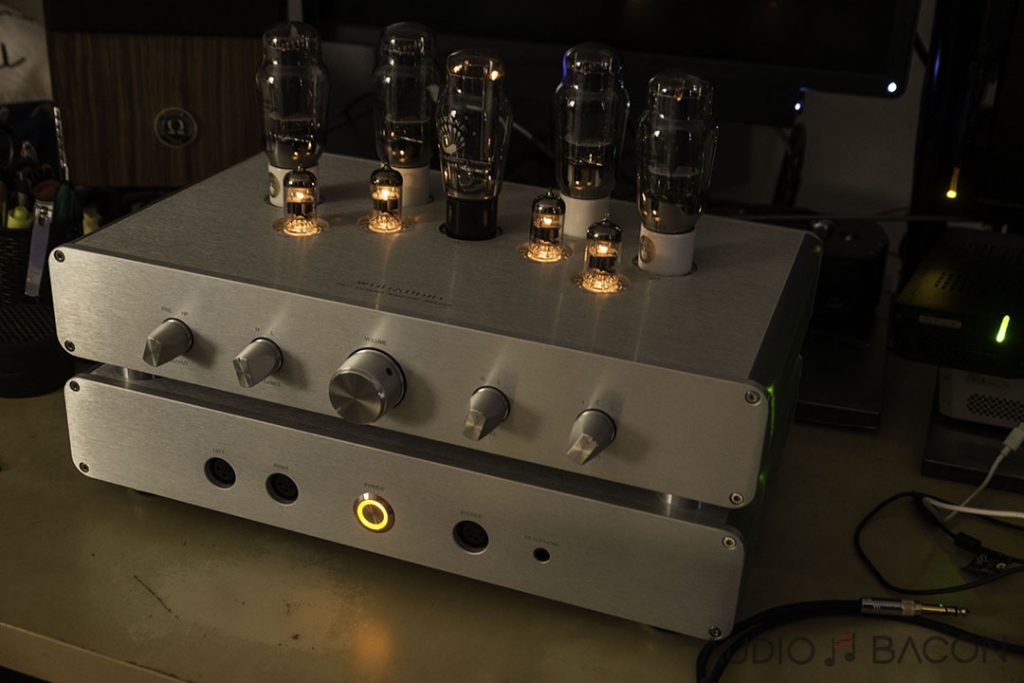
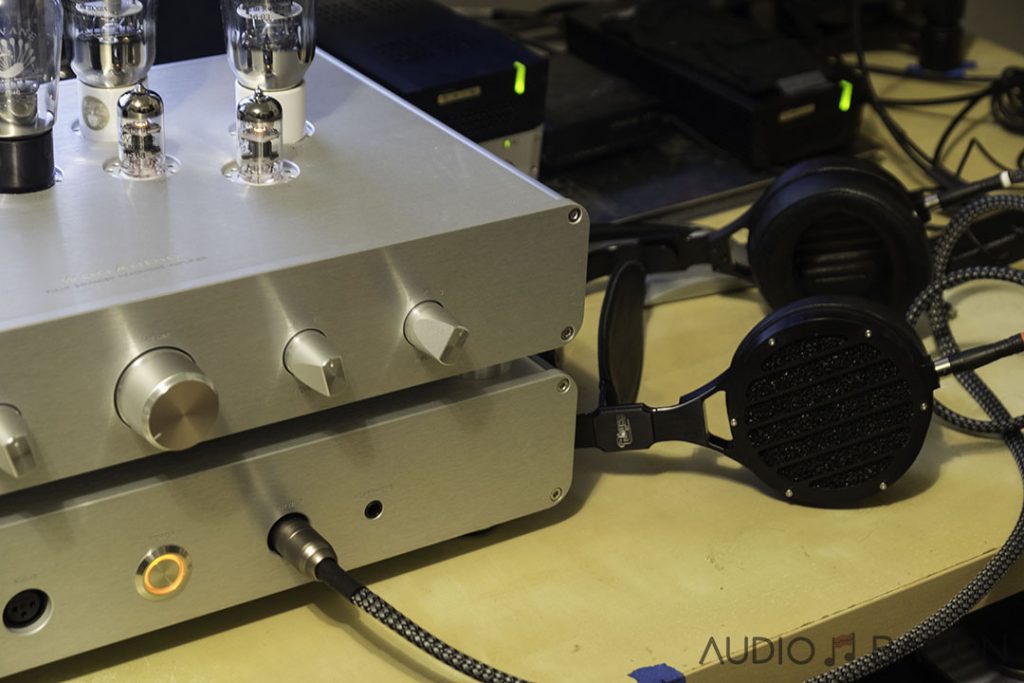



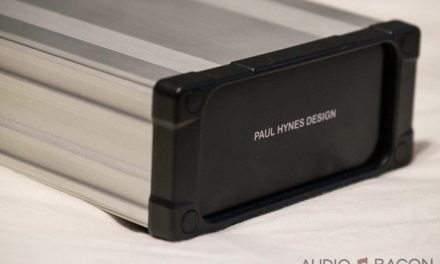

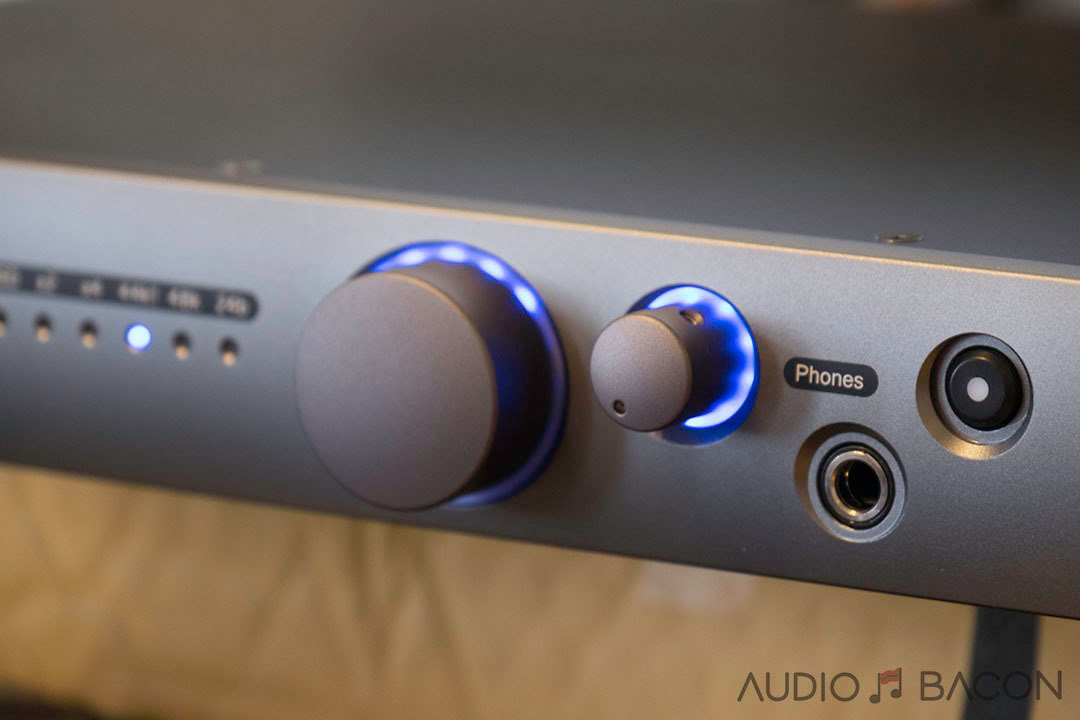

what’s the common mode rejection ratio and phase deviation @ 20 khz of the audio transfomers in this amp?
Hi Jay,
Great review. Did you happen to have the opportunity to compare the WA33 to the Elite WA33? If so, I’d love to hear your impressions and/or any second hand impressions of others who’ve had the opportunity to compare both models.
Many thanks,
Blake
I was able to spend quite a bit of time comparing with the Elite. The Elite was a much better performer in every way. Without the A/B, I think the WA33 sounded great on its own but the Elite was able to layer out and provide more body and contouring to the music. It actually made the non-Elite sound a little flat and confused (in comparison).
Many Thanks Jay. I ended up going with the Elite based on your input. Would you mind sharing which interconnects you used/preferred between the Dave and the WA-33? Also, in your headfi set up, have you had the opportunity to compare the Hugo2 vs the Dave. I have a Hugo2 but wondering whether the Dave is a worthy upgrade. Also, if it helps, I’ll be using the Susvara’s in my Headfi setup.
The WA33 Elite is heavenly. I really like the Audience Au24 SX RCAs. I’ll be making the Hugo 2 vs DAVE vs Qutest comparison soon.
Hi Jay,
Just wanted to say that I really enjoy the premise of your review site. In the world of high end audio where equipment “shoot outs” rarely occur, it’s incredibly helpful having ears unbiased by advertisers and manufacturer concessions offering an unconflicted point of view on new equipment especially in a world where’s it virtually impossible to “hear it all” before making a purchase decision.
With regard to the WA-33 Stock/Elite, just wondering if you spent much time testing which power cord had the greatest synergy with the amplifier? My unit arrives tomorrow, and since I’m new to high end headfi (historically a two channel enthusiast), I’m curious as to whether you’ve found that the diminishing curve becomes steeper sooner on the price vs sonic improvement curve when it comes to reference headfi vs reference 2 channel re cables? If you identified a power cord that you thought sounded best, I’d appreciate your recommendation(s).
Finally, I’ve heard that upgrading to Psvane WR2A3s generates a substantial sonic improvement. To this end, is there a Chinese tube retailer that you’ve found is reliable and stands behind their products? Feel free to PM if you prefer.
Many thanks,
Blake
Much appreciated, Blake.
I didn’t get a chance to test too many power cords with the WA33 but a great bang for buck would be the HFC Reveal. My guess is that the Audience Au24 SX power cord will be a better pairing, but is much pricier. Another one that may complement the WA33 well is the Zenwave PL. The only piece of equipment so far that doesn’t seem to be significantly affected by the power cord was the Mutec REF10. Everything else takes over the character of the cord at varying degrees. Many of them offer guarantees, so you’ll just have to try what works best for your ears.
I’m sorry, I don’t know of any Chinese tube retailers. My preference is solid-state.
You mentioned you prefer solid state. Any recommendations to pair with the Phi?
Thank you!
Hi Jay, thanks for this review! I’m wondering if you’ve had a chance to hear and perhaps compare it to the Auris Audio Headonia? https://www.headfonia.com/review-auris-audio-headonia/. The Headonia appears to be in a class with the WA33. One other thing, I’m guessing that your listening with the Chord Dave directly was without the Hugo M Scaler (which didn’t exist when you did this review) or maybe not even with the Blu Mk2. I’m wondering if that might have (based on your review of the Blu Mk2) might elevate Dave direct with M Scaler to the level of the WA33? Also, I use Focal Utopias and they are a very easy load to drive – wondering more about your experience the the Woo vs Dave on the Utopias.
I’ve only heard the Auris Audio Headonia at shows. So I can’t really say if they’re in the same class. I will say that I still think about the sound of the WA33. It’s a bit more of a drug than it is about precision and articulation. I guess this is the reason why guys who love tubes, stick to tubes. If you want a more “true” presentation, the DAVE is better for that. Both would sound great with the Utopia – the WA33 being warmer. As a digital source, DAVE + HMS is in another league – even in passthrough mode. But we’re talking DAC performance. From memory, the amplification stage of the WA33 will probably still layer the sound better but at that point, it’s a matter of tastes of tubes vs SS.
Hi Jay,
Thanks for the great review. I have the Headtrip Reference with mSclaler + DAVE and Abyss TC and Susvara. How would the WA33 compare wrt the Headtrip reference?
Thnx
From memory, the Headtrip is more about “extraction” while the WA33 was more about seduction. The Headtrip will have more exertion, delineation, and resolution while the WA33 will be warmer, fuller, and more romantic overall.
Thanks.
I guess I need both in my life!!
Hi, Jay!
First, thanks for doing not only this (and all other) reviews. They are sincerely appreciated.
Would you be able to recommend a great-to-amazing set of XLR interconnects, power, and USB cables for the WA33? I realize this is likely a very personal taste question, but I’m having trouble finding solid info on cable synergies with the the WA33, and what few opinions I have found are all over the map.
For reference, I’m going to pair a WA33 Elite Edition w/ JPS wiring with the Abyss Phi TCs, a Holo May KTE DAC, and Isotek Sigmas.
Thanks in advance!
-lj
I always go back to the Danacable TruStream but give the Final Audio Callisto USB a listen as well. The Snake River Audio Cottonmouth Sig for power cable. And UPOCC XLR from Iconoclast.